Toyota engineers were challenged to design a new mid-sized concept for potential global market introduction by 2015. The NS4 concept is a dedicated plug-in hybrid, separate from the Prius family, designed with future mobility requirements in mind.

Sleek, Futuristic Styling
The NS4 concept signals a new styling direction for the Toyota brand aimed at creating an emotional connection with consumers. NS4 styling lines reflect a new take on the aerodynamics of the modified triangle, with a low height and cabin-forward tilt. The distinctive open trapezoid grille is accented by a floating lower spoiler and wing-like daytime running lights wrapping around to a sculpted fender. Rear lamps wrap around the sides of the vehicle to quarter sections layered into blistered fenders, while the rear lamp wings create a sharp edge and the effect of a rear spoiler.
The A-pillars are ultra thin for improved driver visibility while maintaining roof crush integrity. The roof line profile, lift back design and powered swan-wing doors create greater accessibility and efficient functionality.
Increased Connectivity
Traditional vehicle development cycles average four years, but this is rapidly changing in the digital age. Vehicles have become another communication hub in the connected-consumers lifestyle and automakers must integrate the latest technologies into their product offerings. In fact, connected vehicles are the third-fastest growing technological device, behind smartphones and tablets.

Toyota has formed special alliances with technology leaders such as Microsoft, Intel and Salesforce to explore the creation of seamless vehicle interfaces with emerging technologies. These alliances will help ensure Toyota is at the forefront of this emerging sector of the automotive market.
The NS4 concept’s Human-Machine Interface (HMI) provides a user interface built around a multi-touch screen with the look and feel of a smartphone. The simple, intuitive operation conveys information quickly while minimizing distractions and maximizing driver awareness. The multimedia and vehicle-controls enhancement also will direct air conditioning, audio, battery-charge and navigation functions. The HMI system is even capable of “learning†driver preferences and habits to anticipate driver responses in specific environments and situations. This concept represents a truly connected vehicle, offering the latest technology in a responsible and convenient package.

State-of-the-Art Safety Features
The NS4 introduces a next generation Pre-Collision System (PCS) with lane departure, rear-end and pedestrian collision avoidance technologies designed to predict collisions under certain circumstances and help avoid them. This PCS uses millimetre-wave radar and stereo cameras mounted on the front of the vehicle to detect and react to lane departure, pedestrians and other vehicles. In addition, the system emits near-infrared beams to enhance PCS recognition at night. This driver assistance feature helps to avoid collisions with other vehicles, road-side obstructions, and pedestrians by applying the brakes and manipulating steering.
The current generation PCS, available in certain Lexus and Toyota vehicles, is designed to identify certain objects directly in the road ahead. If PCS determines that a collision is imminent, the brake assist system is placed in standby mode, a warning is displayed and a buzzer sounds. If PCS determines that a collision is unavoidable, the system still will alert the driver via a warning light, warning display and buzzer, apply the brakes and automatically retract the driver and front passenger seatbelts.
Adaptive Driving Beam (ADB) headlights help prevent vision-impairing glare to oncoming drivers and pedestrians. Using a camera mounted behind the front grille and partial shielding inside the headlights, this feature allows drivers to maintain near-high beam illumination to improve nighttime visibility.
The pop-up hood structure automatically raises the rear of the hood to increase the space underneath, helping to reduce pedestrian head injuries caused by a collision with the front of the vehicle, within certain speed ranges. This innovation is the result of testing and verification using both conventional crash-test dummies and Toyota’s Total Human Model for Safety (THUMS) virtual model.
Using sub-millimetre wave radar, the Blind Spot Monitor (BSM) is designed to detect a vehicle in the adjacent lane and visually alerts the driver using visual indicators placed in the upper dash.
Four new glass technologies are integrated into the windshield and front triangle, door, and rear windows to improve driver visibility, gas mileage and electric driving mode mileage efficiency:
- Hydrophobic coating – Fluorine coated glass causes rain drops to form into semispherical shapes for improved visibility and rain drop elimination (also used on the roof solar panel)
- Anti-fog film – High performance resin material with anti-fogging characteristics and increased durability
- High ultraviolet (UV) absorbing inner-layer – Removes 99 percent of harmful UVA and UVB rays
- Anti-solar film with radio-wave transparency – Reduces the internal vehicle temperature and improves electronic device functionality
“Toyota has had much success with the hybrid vehicles already on the market, which has laid a strong foundation to introduce future advanced technologies,†said Tony Wearing, Senior Managing Director, Toyota Canada. “The NS4 is a demonstration of Toyota’s continued commitment to create vehicles that are safe, efficient and convenient for all drivers.â€


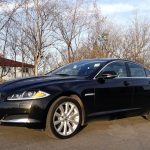
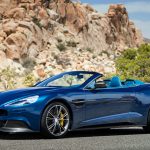



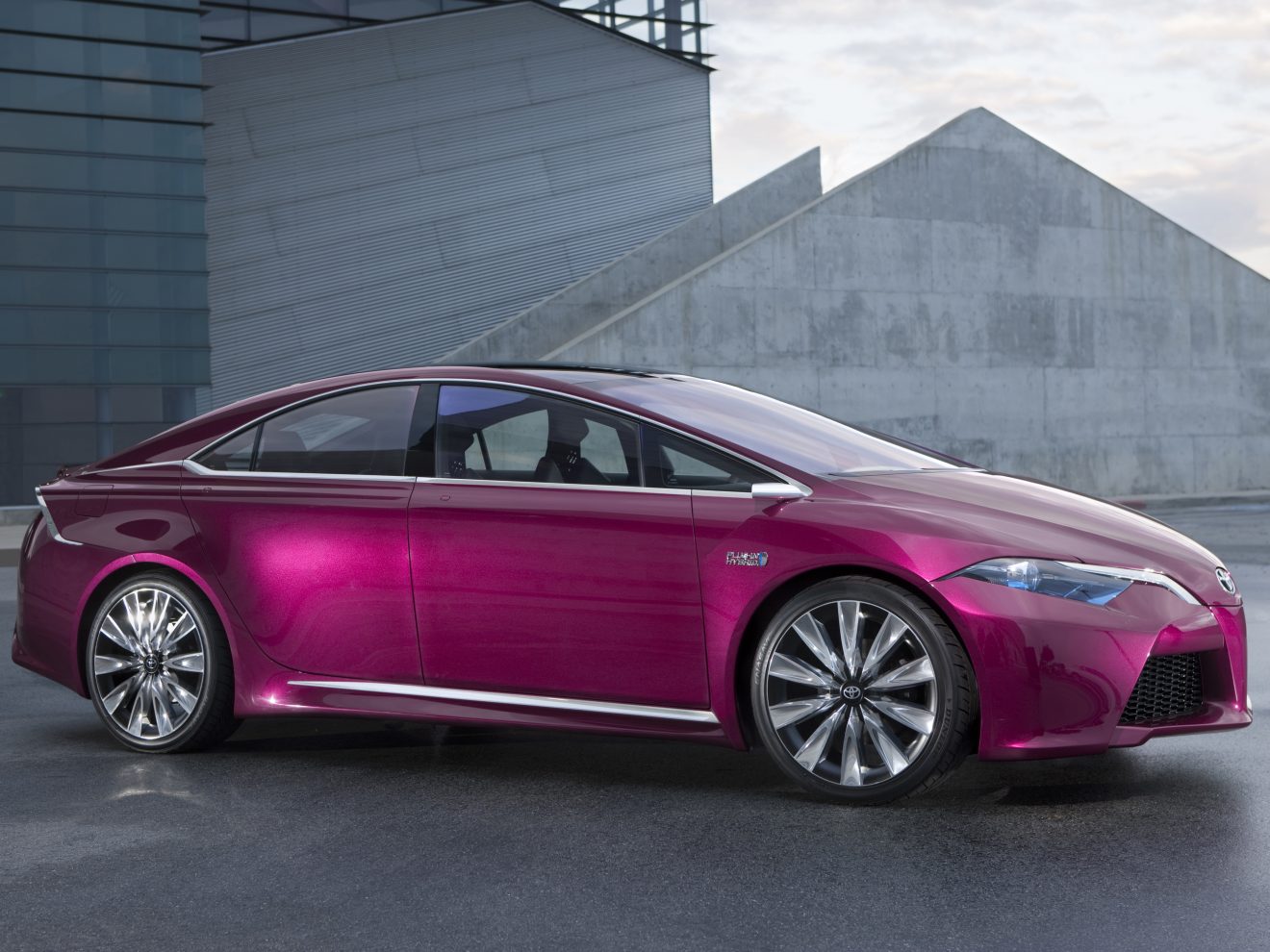


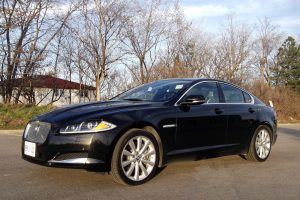
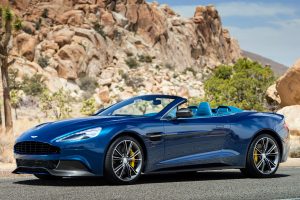









Add Comment